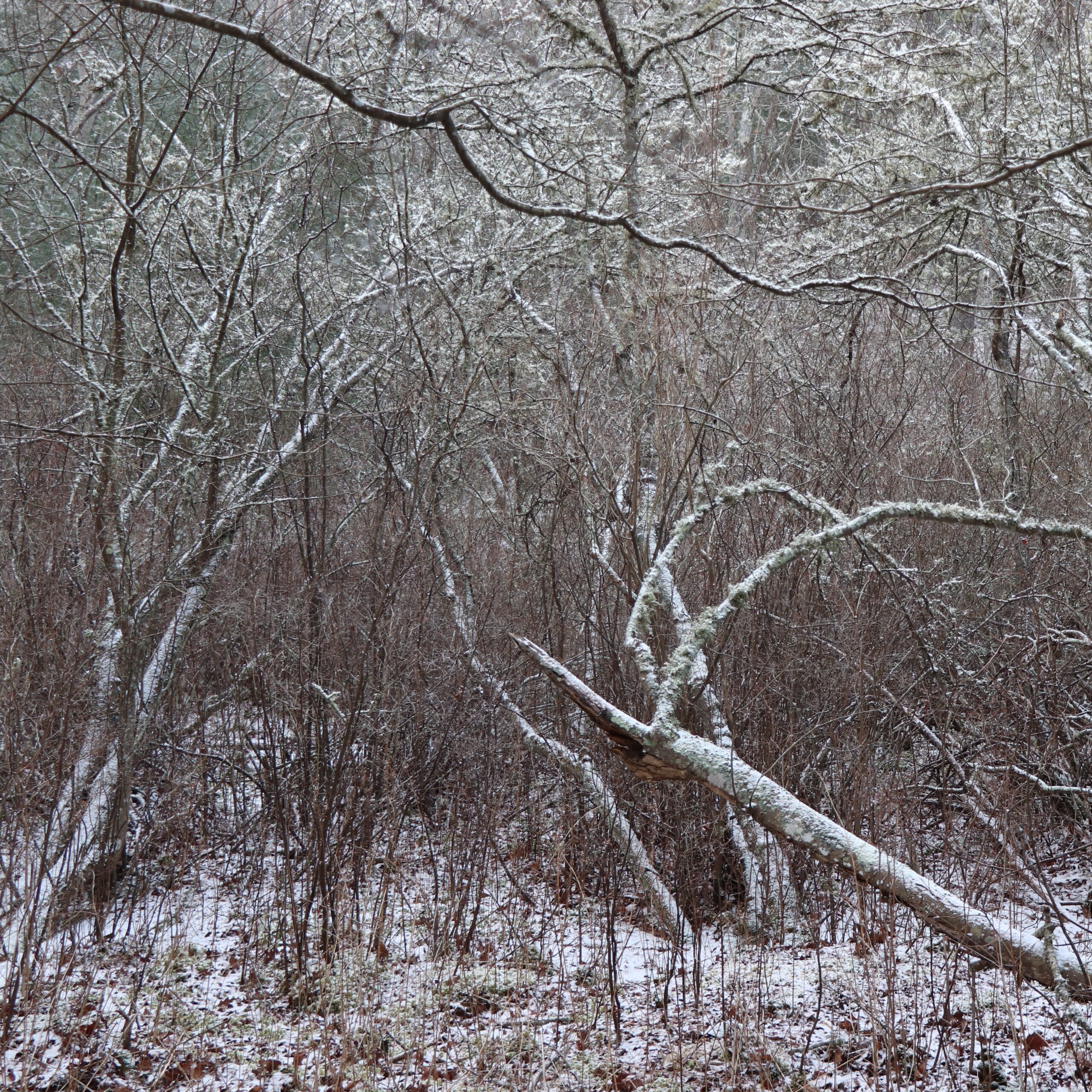About the Oyster Pond Headwaters
ACCESS: The parking area and trail kiosk is just beyond 60 Fells Road, at the dead-end terminus of Fells Road in Falmouth.
The Oyster Pond Environmental Trust (OPET) owns nearly 30 acres of conservation lands comprised of Zinn Park and the Headwaters of Oyster Pond. These properties encompass wetlands, woodlands, vernal pools and pond shoreline. OPET purchased these lands to protect this beautiful area and to protect the health and water quality of Oyster Pond.
Zinn Memorial Park was dedicated in 2001 to the memories of Donald and Eleanor Blevins Zinn who were avid nature-lovers and strong supporters of OPET. In 2015 the Headwaters was purchased from the Woods Hole Oceanographic Institution (WHOI). Dr. Holger Jannasch, an eminent scientist at WHOI, and his wife Friederun, donated the Headwaters land to WHOI in the 1990s. Their intent was for the woodlands to be used for young scientists’ housing while the wetland areas were preserved for conservation. OPET’s purchase, which was supported by funding from The 300 Committee, met both of these goals. Today all of the property is protected under a conservation restriction agreement with the Town of Falmouth and the proceeds were used to build housing on the WHOI campus.
Zinn Park and the Headwaters of Oyster Pond play a critical role in preserving the water quality of Oyster Pond. Protecting these properties from additional development helps protect the pond’s water quality. Like other estuaries on Cape Cod, Oyster Pond suffers from the impacts of excess nutrients from too many septic systems in its watershed.
OPET’s conservation lands together with Spohr Gardens, a non-profit garden open to the public, create a 34-acre block of preserved land in a settled residential area. This contiguous open space allows for unobstructed movement between diverse habitats of upland and wetland communities necessary for foraging, breeding, shelter and overwintering protection for mammals and birds. More than 200 bird species use the marshes, forests, thickets and open water surrounding Oyster Pond for breeding, migratory stops and overwintering. 120+ varieties of plants grow here providing food, nesting material and shelter for migratory and resident birds. These include priority species of concern such as the ovenbird or eastern wood-pewee as well as birds on the state’s endangered list such as the Peregrine Falcon. A portion of the Buzzards Bay Moraine runs through the properties and some areas are littered with glacial erratics.

